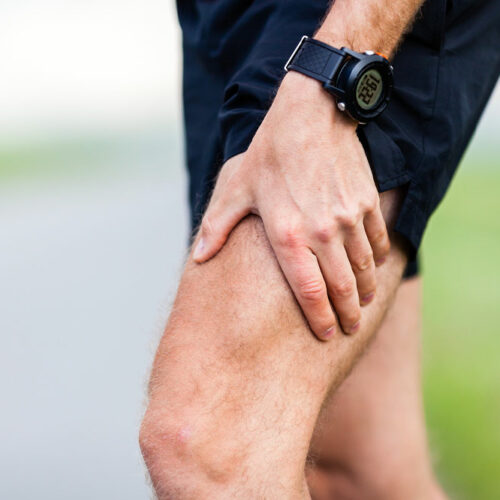5 habits that can raise the risk of blood clots

Blood clots are gel-like masses that can clog one’s blood vessels. They are made of platelets, proteins, and cells. They can restrict blood flow while moving through the bloodstream or stick to the walls of tiny blood vessels. Clots can affect any part of the body and be life-threatening if they block vitals like the lungs, heart, or brain. Here are some common habits and risk factors that can affect one’s blood circulation over time. Habits to avoid Here are some habits that cause blood clots: Sitting for a prolonged time The modern lifestyle may require one to sit at a desk in front of computers for a long time. Doctors warn that sitting for an extended period can pose a health risk and lead to many health concerns. When one does not move for hours, the blood gets pooled in one place. The flow is also restricted, especially in one’s legs, increasing the risk of blood clotting. Wearing tight clothing and shoes Tight clothes, including jeans or high heels, can make it difficult for blood to flow freely through the body, especially to the legs. Apart from this, tight clothing can also compress the intestines and affect abdominal health, leading to pain or heartburn.






